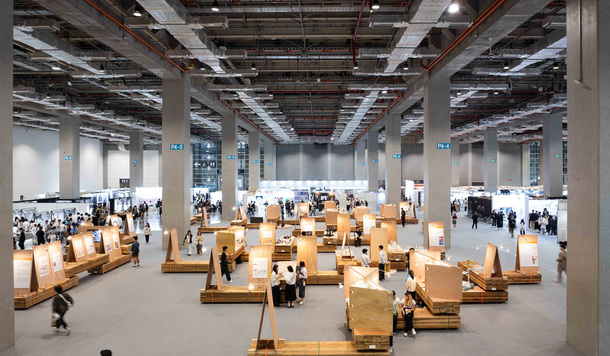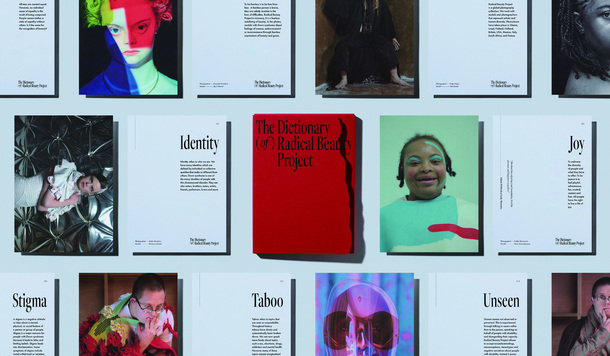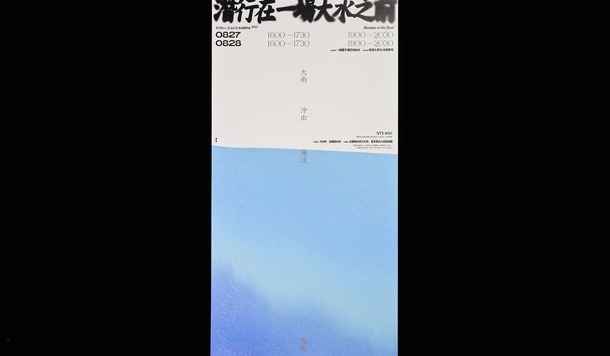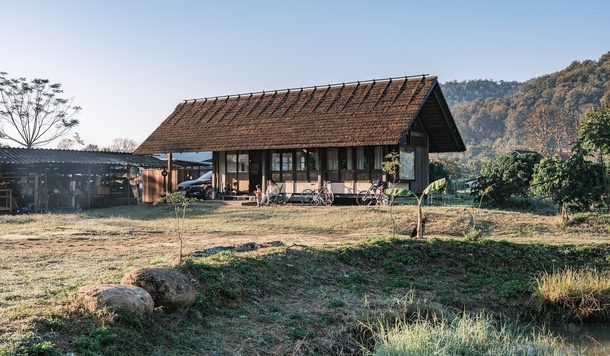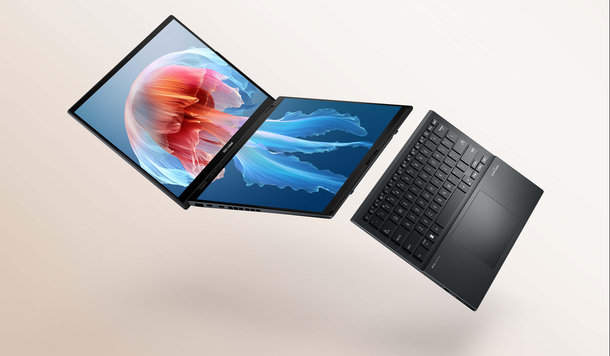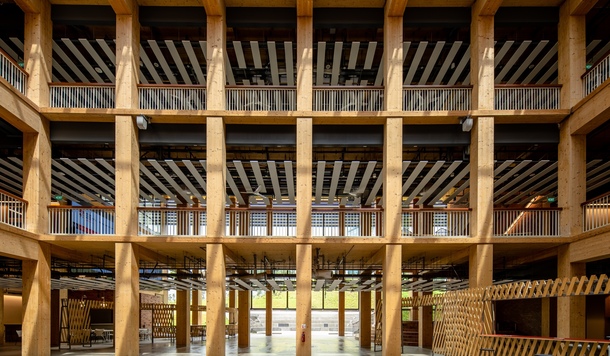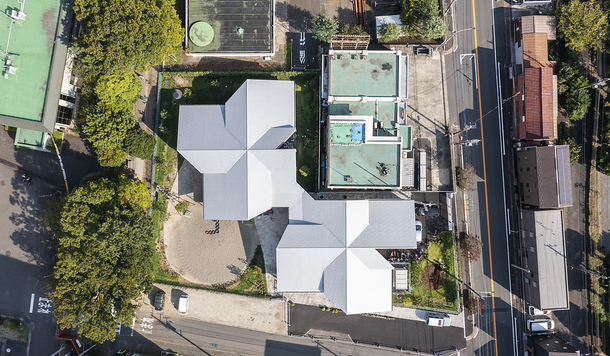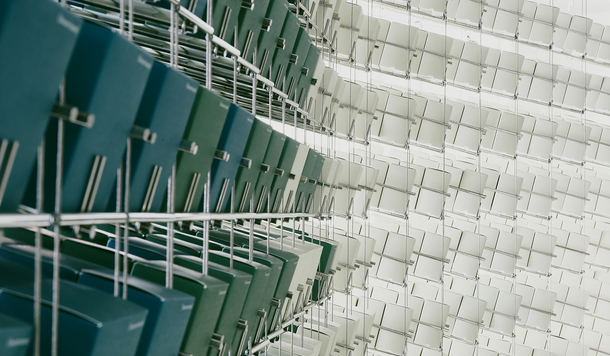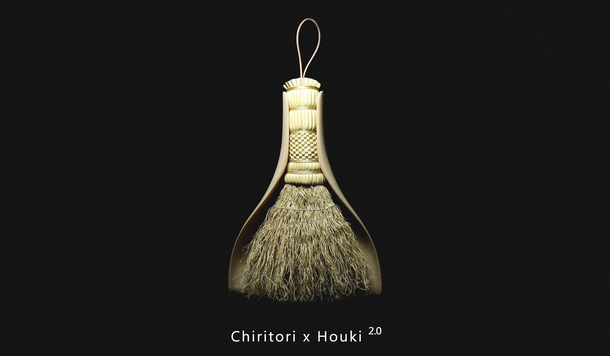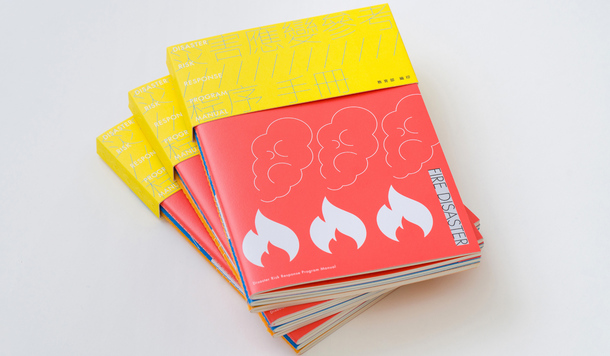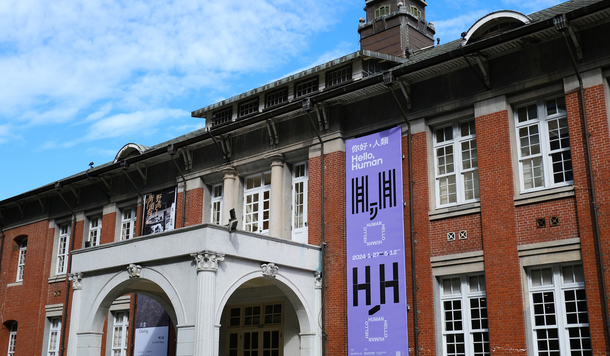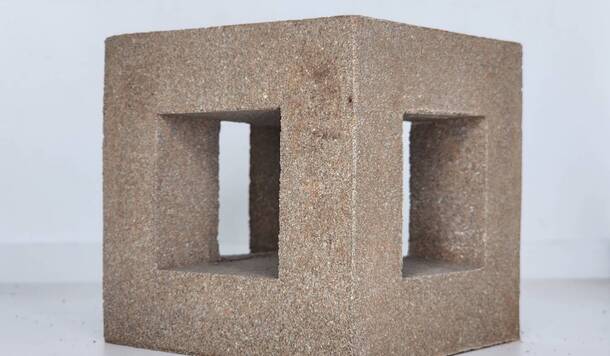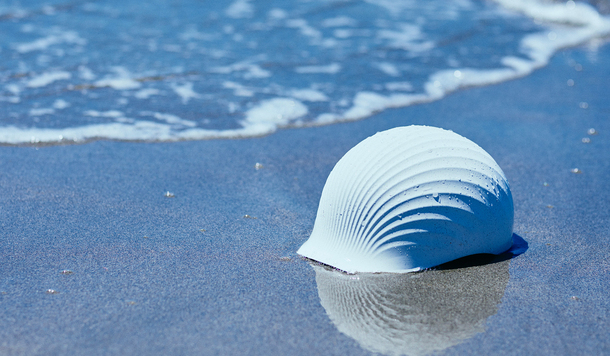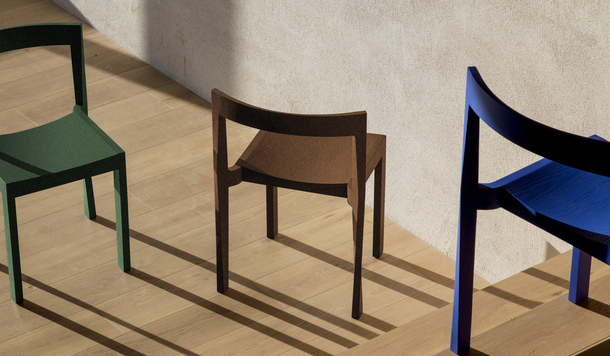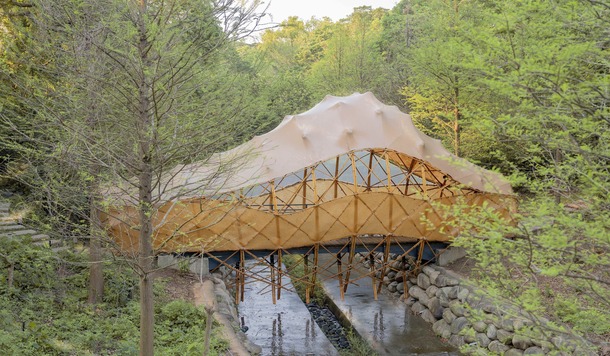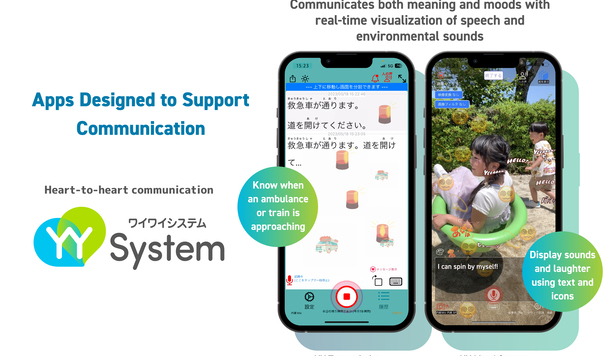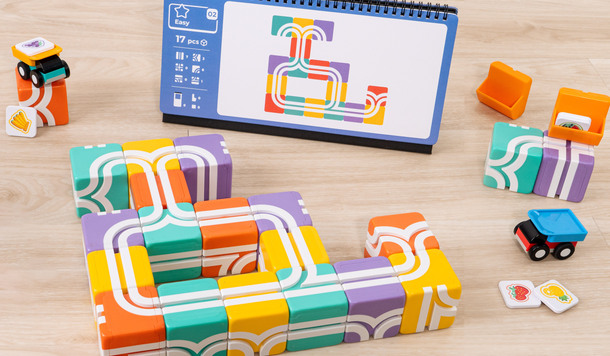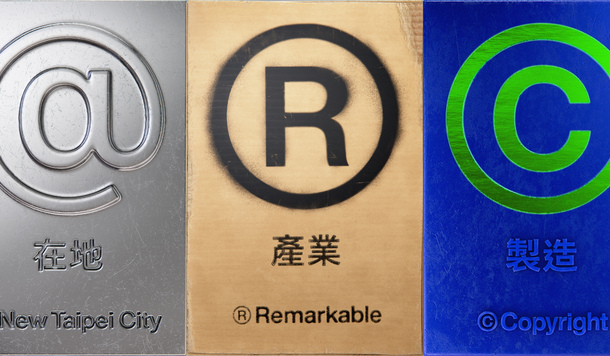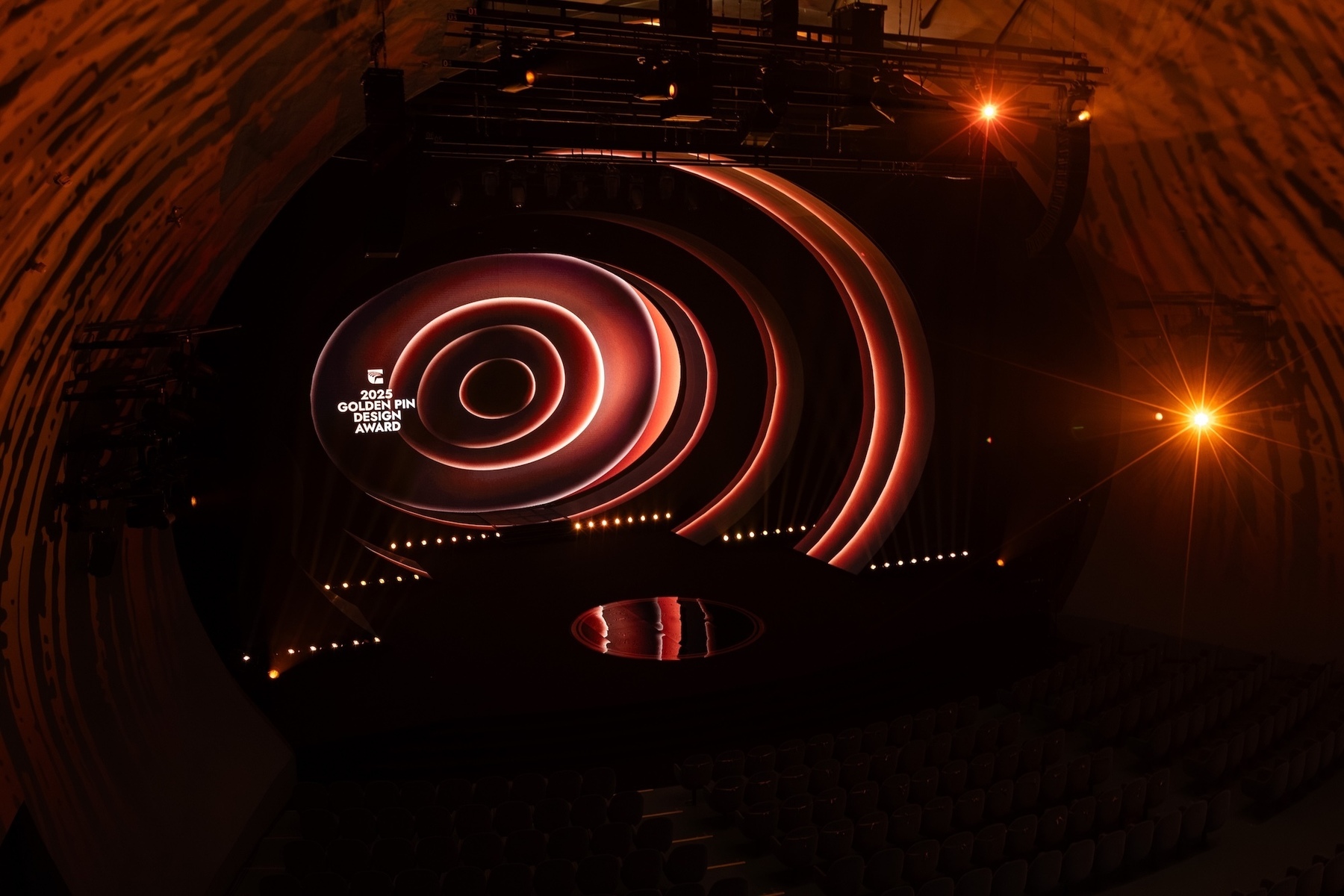 2025 Golden Pin Design Awards Ceremony Unveils Best Design and Special Award Winners
Golden Pin Design Award | Golden Pin Concept Design Award
2025-12-05
2025 Golden Pin Design Awards Ceremony Unveils Best Design and Special Award Winners
Golden Pin Design Award | Golden Pin Concept Design Award
2025-12-05
 2025 Golden Pin Design Awards Ceremony Unveils Best Design and Special Award Winners
Golden Pin Design Award | Golden Pin Concept Design Award
2025-12-05
2025 Golden Pin Design Awards Ceremony Unveils Best Design and Special Award Winners
Golden Pin Design Award | Golden Pin Concept Design Award
2025-12-05
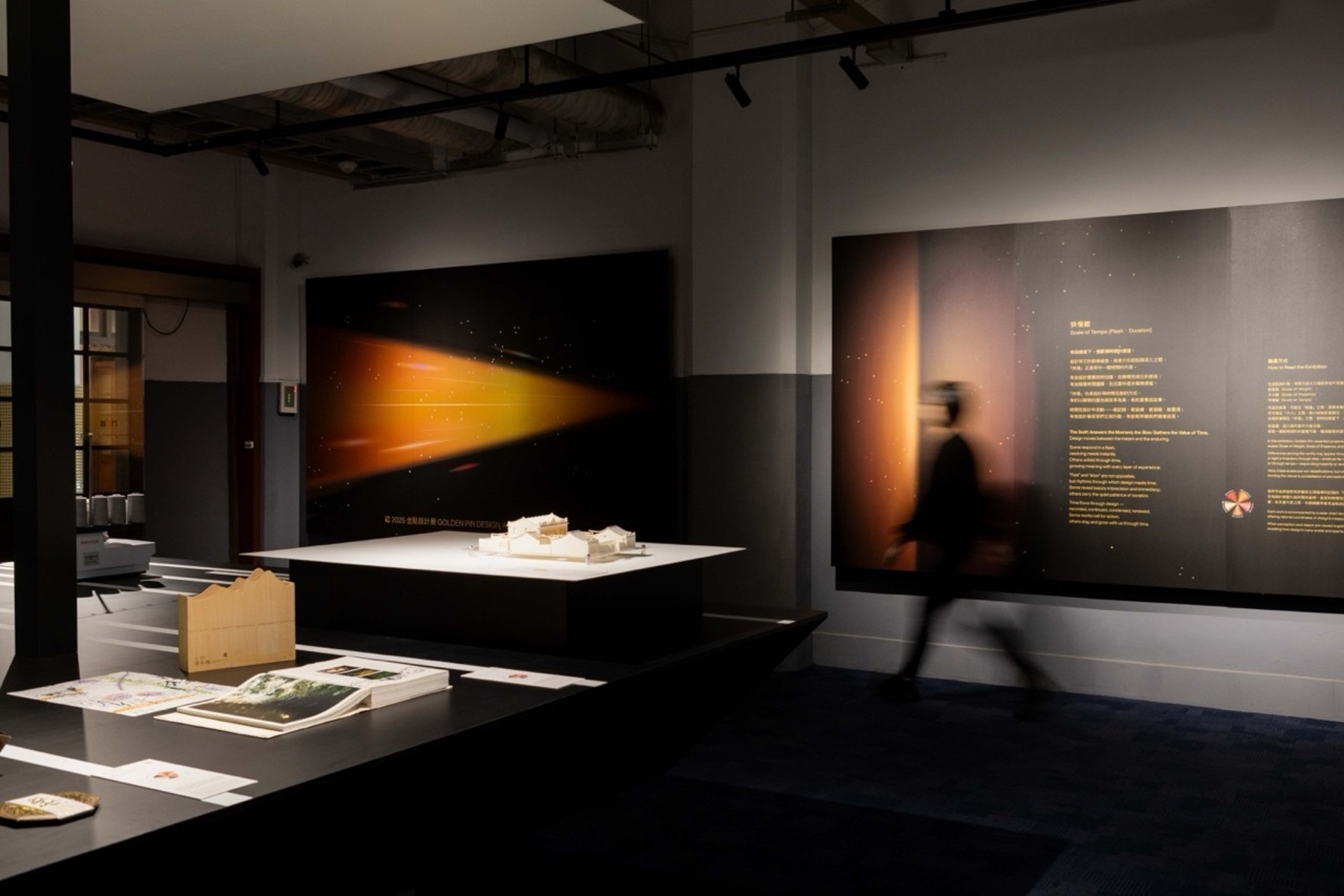 2025 Golden Pin Design Award Exhibition Explores the Dimensions of Design Through “The Spectrum of Scale”
Golden Pin Design Award
2025-11-25
2025 Golden Pin Design Award Exhibition Explores the Dimensions of Design Through “The Spectrum of Scale”
Golden Pin Design Award
2025-11-25
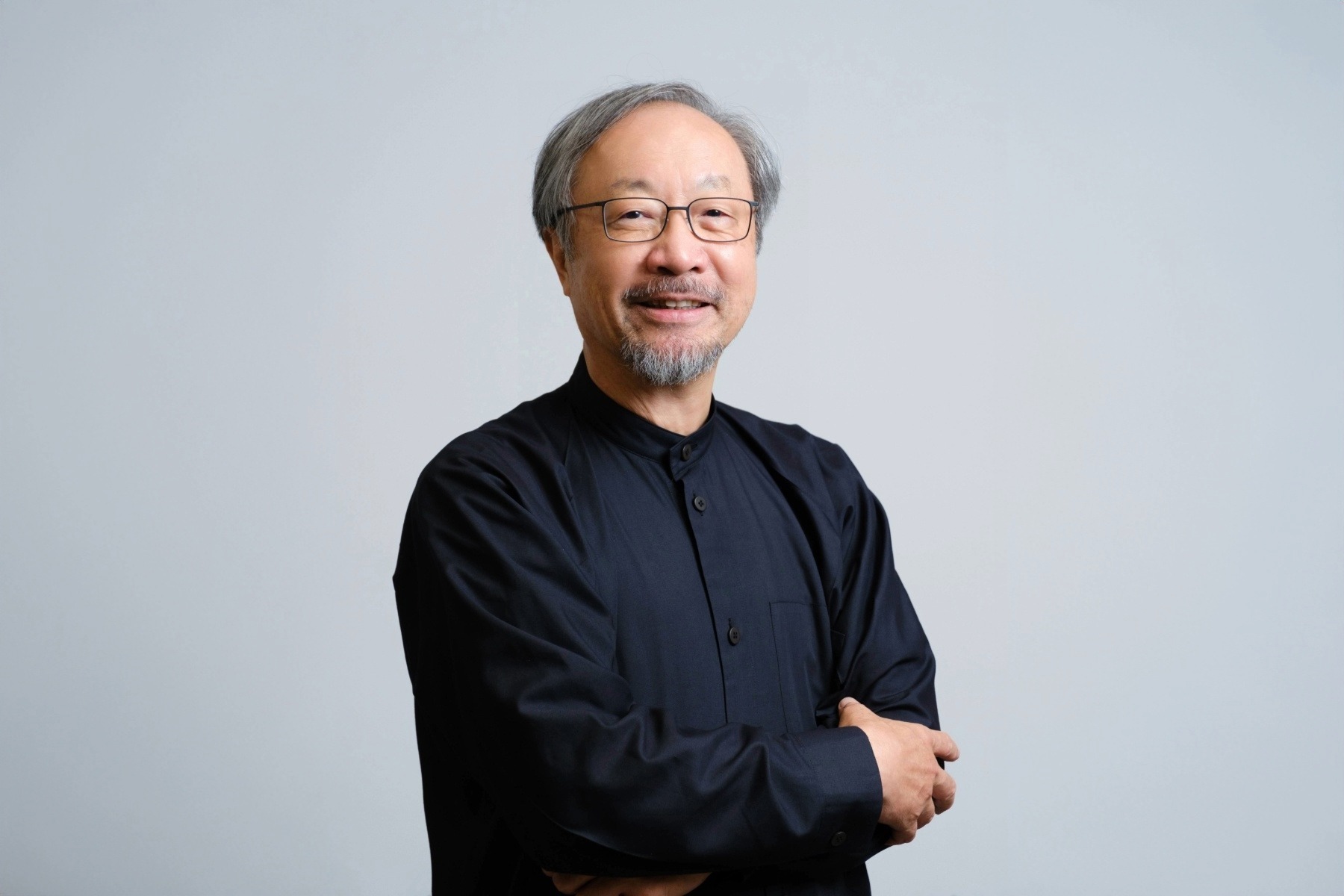 Apex Lin, Pang-Soong Honored with the 2025 Golden Pin Design Award Honorary Award for Advancing Taiwan’s Design on the Global Stage
Golden Pin Design Award
2025-11-04
Apex Lin, Pang-Soong Honored with the 2025 Golden Pin Design Award Honorary Award for Advancing Taiwan’s Design on the Global Stage
Golden Pin Design Award
2025-11-04
